Governor Kathy Hochul’s administration has stepped back from its earlier plan to permanently ban around 2,000 striking correction officers from working in law enforcement across New York. These officers had refused to return to work after a three-week strike that seriously affected operations in many state prisons.
Governor’s Executive Order Targeted Officers
On March 10, Governor Hochul signed an executive order at the end of the 22-day strike. The order removed the peace officer certifications of those correction officers who did not return to work that day. It also blocked them from taking jobs in other state or county government roles — including at county jails, 911 centers, or even as sheriff’s deputies.
The decision led to backlash from sheriffs and county leaders who said the move was unconstitutional and an overreach of state authority. Two counties — Oneida and Chemung — have already taken legal action against the order.
Governor’s Office Changes Course After Backlash
Sheriffs met with the governor’s office earlier this week and were initially told the administration planned to pass legislation to make the employment ban permanent. However, that plan has since been dropped.
Now, former state correction officers will be allowed to seek re-certification as peace officers, making them eligible to work in county jails. However, Governor Hochul has made it clear that those who refused to return to work will not be allowed back into state correctional jobs.
County Officials Call Executive Order Unfair
Oneida County Executive Anthony Picente was among the most vocal critics. He called the governor’s move a “complete overreach” and said it violates home rule and constitutional rights. He also pointed out the hypocrisy of welcoming federal employees dismissed by Trump to work in New York while blocking state workers from similar opportunities.
Sheriff Robert Maciol from Oneida County, who has about 80 vacancies at his jail, said many former state correction officers had already applied and were being considered for jobs when the order came down. The ban would have stopped them from working in county roles despite their experience and willingness to serve.
Officers Seek Reinstatement, Some Were on Medical Leave
Many correction officers who were terminated or lost their health insurance during the strike are now trying to get their jobs back. Some say they were on approved medical leave and shouldn’t have been punished. The corrections department is currently reviewing those cases one by one.
National Guard Still Helping at Prisons
Due to severe staff shortages during the strike, the governor had to bring in the New York National Guard and State Police to help run prisons. Some inmates were moved to other facilities to help balance the reduced workforce. Discussions are ongoing about possibly closing some prisons next year.
Even after over 5,000 correction officers returned to work on March 10, the prison system is still about 4,000 officers short of what it had before the strike began on February 17.
Why Did the Strike Happen?
The strike began after a controversial internal memo from Corrections Commissioner Daniel Martuscello, which said 70% staffing levels would now be considered the new “full staffing.” Officers argued they were already overworked, underpaid, and working unsafe 16-hour shifts without proper time off.
Two days after that memo, officers at Collins Correctional Facility walked off the job, citing unsafe conditions. That walkout sparked a wave of strikes at nearly two dozen prisons across New York within 24 hours.

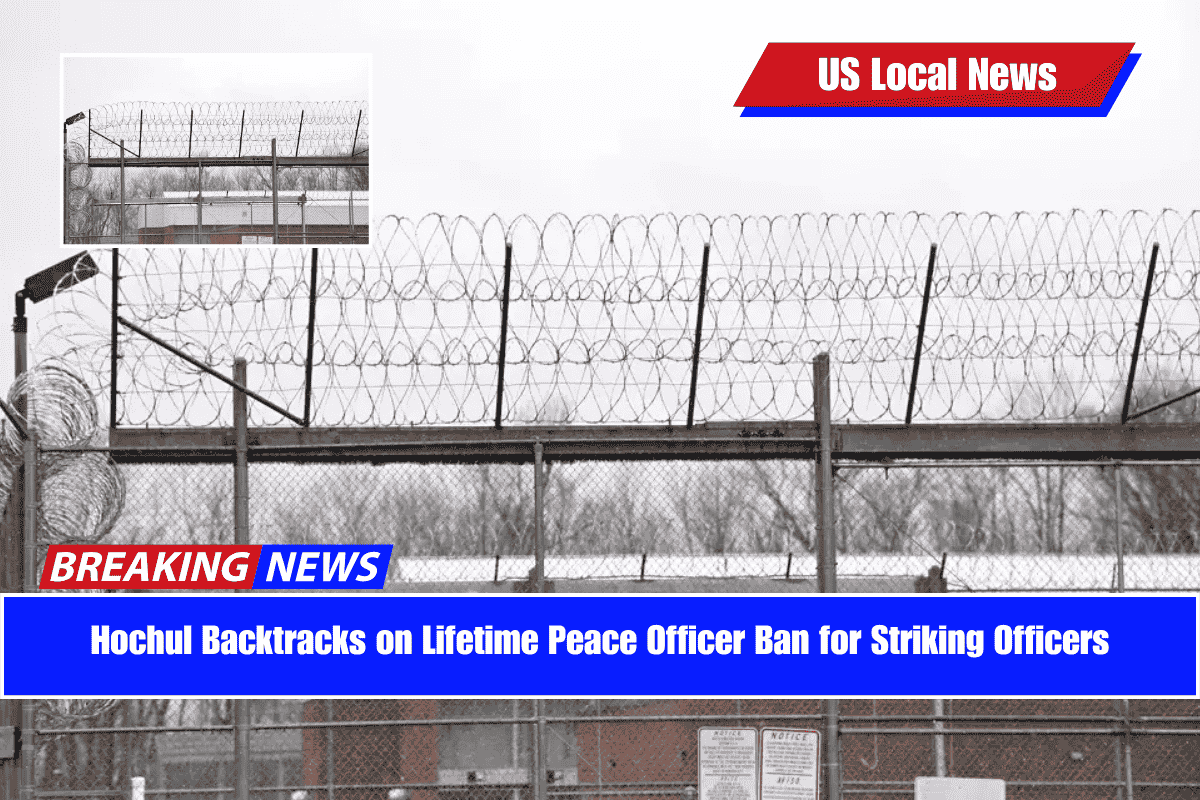

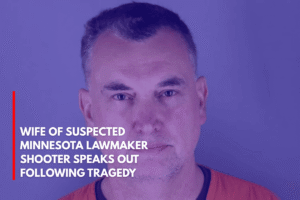

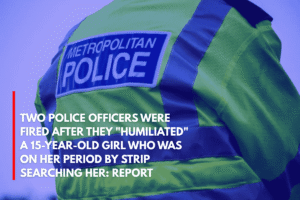




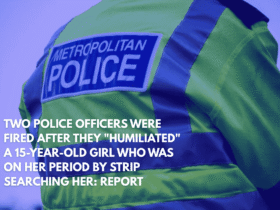
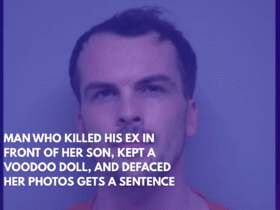
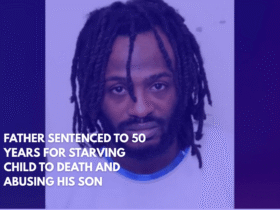

Leave a Reply